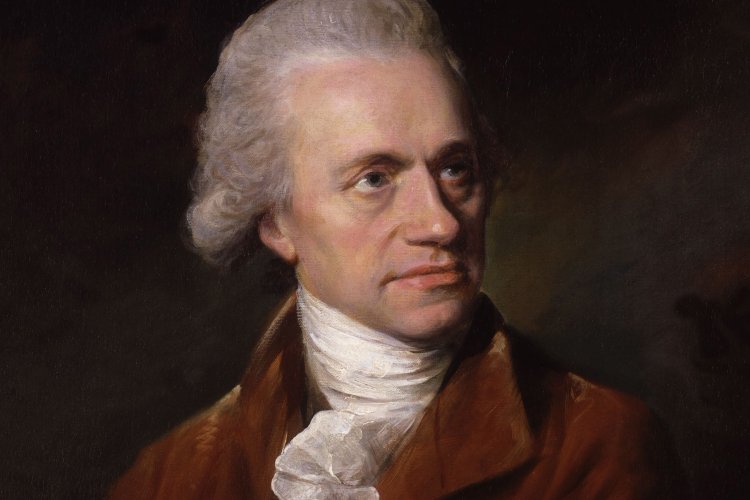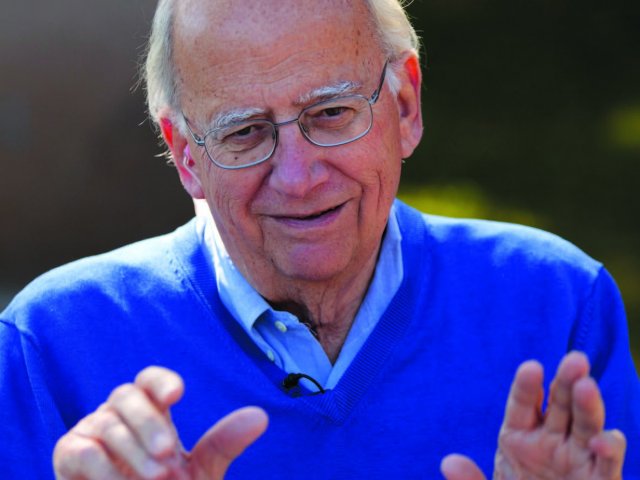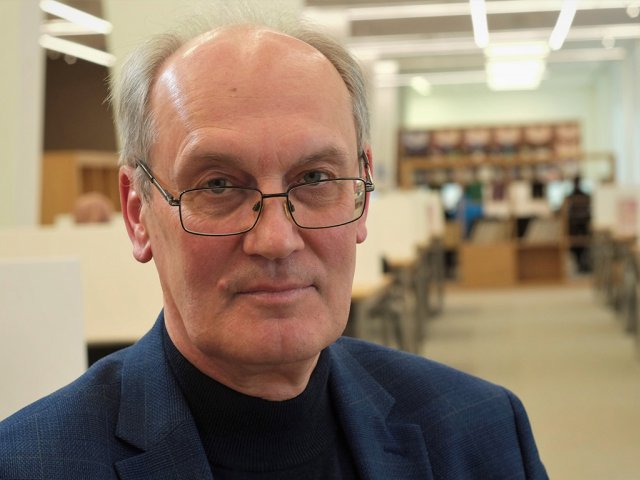Official:
Frederick William Herschel. November 15, 1738 – August 25, 1822. English astronomer. Discoverer of Uranus and its moons. Author of 24 symphonies.
Life and Work:
1. His colleague and contemporary Pierre-Simon Laplace said of Herschel that he had more than doubled the boundaries of the known world. And it is true: in 1781, the astronomer William Herschel discovered Uranus, whose orbit is about 2.8 billion km from the Sun, which is twice the distance from the Sun to Saturn, the planet that was considered the farthest at the time.
2. Herschel, who died in 1822, lived for almost 84 years. An amazing coincidence: the discoverer of Uranus lived for almost one Uranian year.
3. Everyone knows Herschel as the astronomer who discovered Uranus. Much less well-known are the 24 symphonies he wrote, several concertos, and 42 sonatas for various musical instruments. The composer Herschel was highly appreciated by Mozart, Haydn, and Beethoven.
4. William Herschel, a son of a musician and a musician himself, was born in Hanover, Germany. He was assigned to England as a military musician, where he got interested in musical theory – and, like Pushkin’s Salieri, “checked” harmony with algebra. Afterwards, the path was straight: mathematics – optics – astronomy.
5. Herschel had no money, but he had thin and strong fingers – he polished the necessary lenses and mirrors himself. Together with his sister Caroline, who acted as an assistant and later became a famous astronomer as well, William Herschel polished thousands of mirrors, built a telescope for himself, and made many optical devices for sale.
6. In 1780, Herschel was appointed director of the Bath Orchestra, so it appears that Uranus was discovered by an amateur astronomer.
7. On March 17, 1781, the following entry appeared in Herschel’s work journal: “I looked for the comet or nebulous star, and found that it is a comet, for it has changed its place.” He notified the Royal Society of London a few days later. Other astronomers established and later explained to Herschel that he discovered not a comet, but the planet Uranus.
8. It is curious that Herschel observed the planet Uranus for the first time from the garden of his home in the city of Bath, UK. That is why, some jokers compare Herschel with Archimedes.
9. Herschel dedicated the planet to the reigning King of England George III. The name did not stick. The name of Herschel, proposed by the French astronomer Joseph Lalande, did not stick to the planet either. Johann Bode’s proposal to name the planet after the ancient Greek god of the sky triumphed.
10. Herschel’s initiative to name the planet after the monarch did not go unnoticed – he was appointed astronomer royal. With funds allocated from the treasury, he built the largest telescope of his time with a focal length of 40 feet (12 meters) and a mirror diameter of 49½ inches (126 cm).
11. Apart from Uranus, Herschel discovered two Uranus moons – Titania and Oberon, two Saturn moons – Mimas and Enceladus, measured the rotation period of Saturn and its rings, as well as predicted the discovery of galaxies, which he famously called “island universes.”
12. William Herschel was the first to map out the overall shape of the Milky Way, estimating its size. The scientist concluded that our Galaxy is disk-shaped, and that the Solar System is part of the Milky Way.
13. Herschel discovered physical binary stars and compiled three catalogs of binary stars. One of this remarkable astronomer’s key achievements is the discovery of more than 2,500 new nebulae and star clusters.
14. In 1800, Herschel conducted a most elegant experiment: he decomposed a sun beam with a glass prism and placed a thermometer immediately behind the red band of the visible spectrum. Thus, he found out that the temperature was rising, that is, some invisible radiation was affecting the thermometer. That was how Herschel discovered infrared rays.
15. They say a lot of interesting things about Herschel. Herschel is claimed to make observations of the starry sky even during concerts – during intermissions. They write that the famous astronomer sometimes polished mirrors for telescopes for 16 hours a day, while his sister Caroline fed him with a spoon.
16. The discovery of Uranus impressed the German chemist Martin Heinrich Klaproth so much that when he discovered a new chemical element eight years later, in 1789, Klaproth called it uranium.
17. Since 1786, Herschel lived in Slough near London at Observatory Manor. Indeed, there was an observatory there, but unfortunately it was not preserved – in 1963, the buildings of the manor were demolished.
18. In May 1788, William Herschel married the widow Mary Pitt, which triggered his sister Caroline’s cruel jealousy. William Herschel’s son, John Frederick William Herschel become a professional astronomer: this Cambridge graduate is known for his works in astronomy and mathematics, experiments in photography, as well as for inventing the very term “photography.”
19. Herschel’s tombstone in St. Lawrence Church in Slough bears the inscription, reading, “Coelorum perrupit claustra,” which means “He broke through the barriers of the heavens.”
20. The house in Bath where Uranus was discovered has been preserved and now houses the Herschel Museum of Astronomy.






















